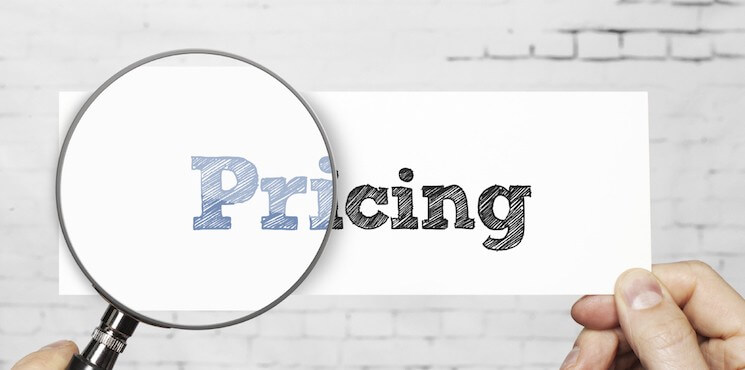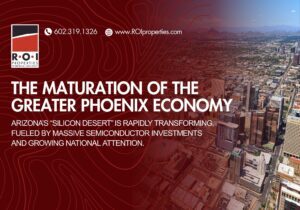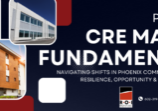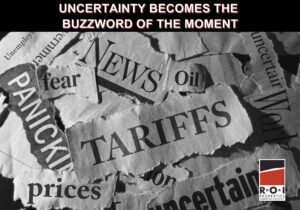Given the circumstances, the owner-occupant market is holding up reasonably well in most sectors of Phoenix commercial real estate. Investors, in contrast, are in wait-and-see mode when it comes to commercial properties in the Valley. This is not due to a lack of money—there are plenty of investor funds with capital in formation. Investors are holding back on their acquisitions, as there is “pricing discovery” underway. Owners are reeling off of historically low cap rates/high prices just a few, short months ago. How COVID and its resulting economic impact will impact the real estate market long term is still uncertain. Investors are seeking discounting due to the current economic situation, so there is a disconnect between what they are willing to pay, and what current owners are willing to sell for. The Greater Phoenix Area is not the only metro area where this is happening; as a recent New York Times article noted: “Investment firms are sitting on ‘a staggering amount of dry powder’ as they wait for big property discounts brought on by the pandemic.”
Likewise, pricing discovery is particularly challenging at the moment, and not just in Phoenix. As National Real Estate Investor recently commented, “A collapse in deal volume and uncertainty for property fundamentals have created a cloud of confusion about commercial real estate valuations.” Those challenges are complicated by the issues discussed at further length in a May 2020 Trepp report, Measuring the Impact of COVID-19 on CRE Property Valuations. While the direct capitalization method of valuation assumes stabilized operations, appraisers must now take into account a laundry list of COVID-19’s impacts, such as cash flow, metrics, and long-term value prospects.
The fact is that recessions always start with a disconnect before prices find a bottom and investors want to come in. In the current market, many owners are hoping that things are going to be OK—and maybe they will be. That optimism, however, is not well supported by reality. As economist Elliott Pollack reported in a recent Monday Morning Quarterback column, the economy lost 21.4 million jobs from the peak in February 2020 through April—in two months, wiping out almost all 22.7 million jobs created in the previous 10 years. Arguably, we were due for some sort of recession, after an expansion of more than a decade. As we noted in A Tale of Two Curves: Shifting Focus from Pandemic to Economic Recovery, how quickly we emerge from it remains an unknown.
Phoenix Commercial Real Estate in Better Shape than ’08–’09
Looking on the positive side, Phoenix commercial real estate has some advantages coming out of this downturn. During the Great Recession, investors had no desire to touch Phoenix, which had a reputation for overused leverage and suspect loan underwriting. In contrast, we are currently in comparatively good shape. The recession was not economically driven and the city has a much more diversified economic base than we did before. Investors are ready and excited about investing in Phoenix—once the fog of pricing discovery clears away and they start to see prices that match up with the opportunities.
As we emerge from the COVID-19 pandemic, it is an ideal time to build a strategic plan for selling, buying or leasing your commercial real estate assets—so that you can succeed financially under all market conditions. Please contact R.O.I. Properties at 602-319-1326 or [email protected].










